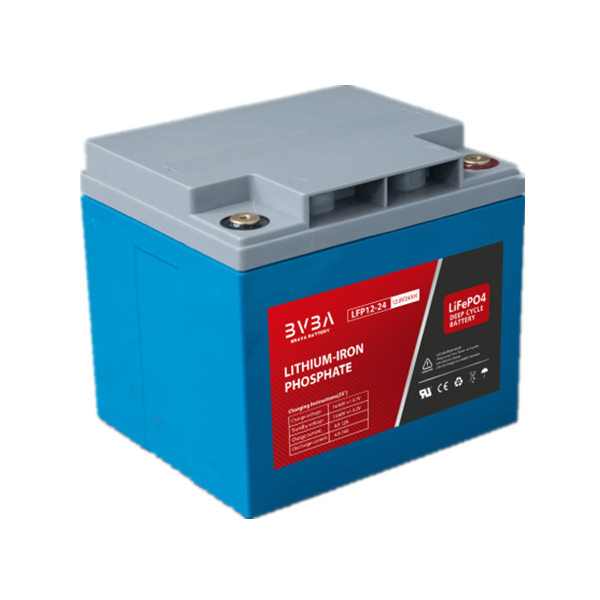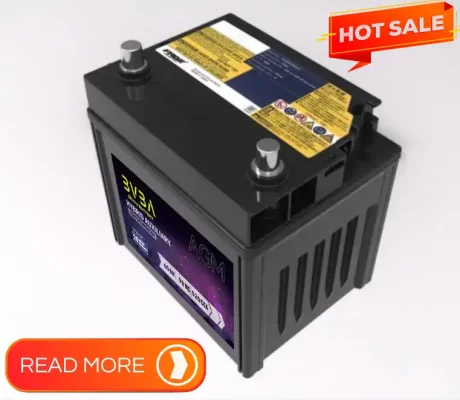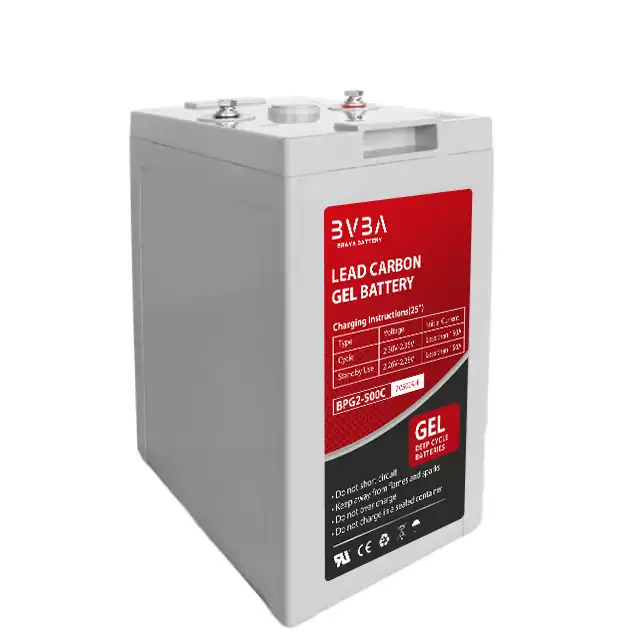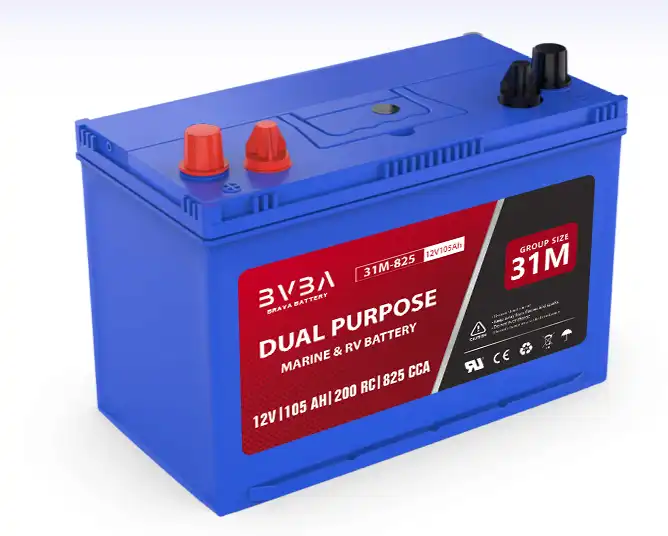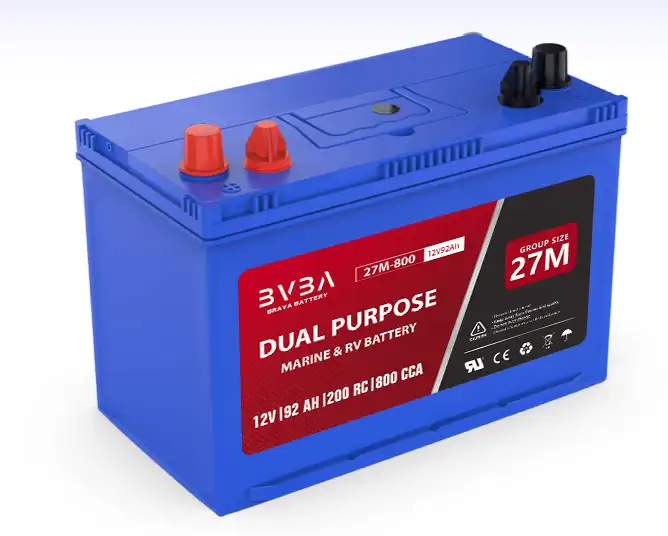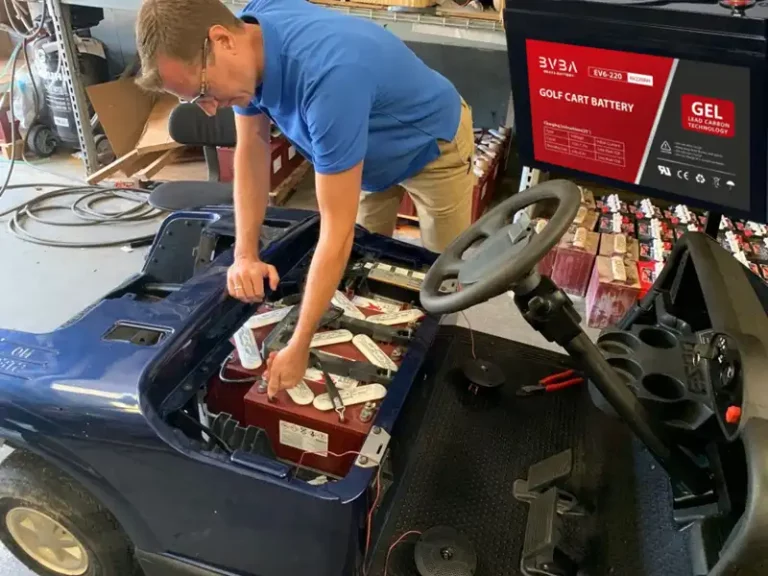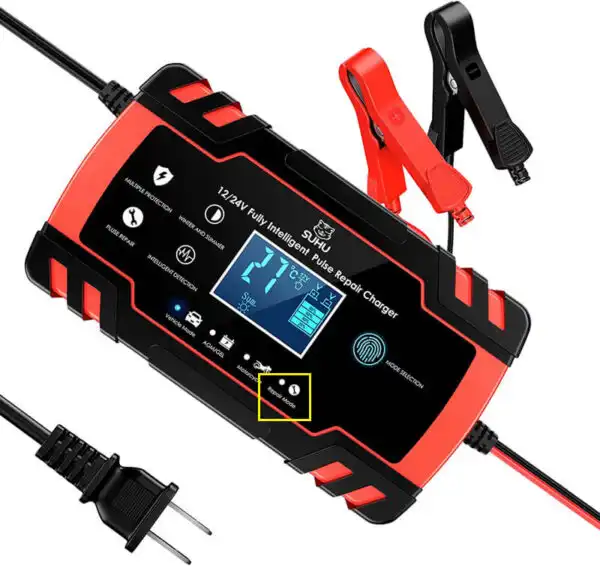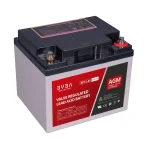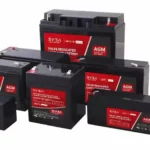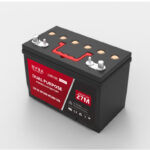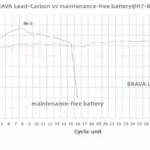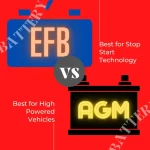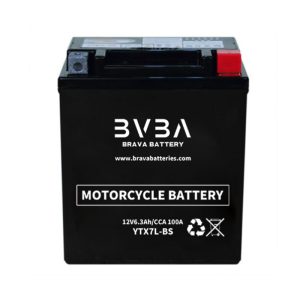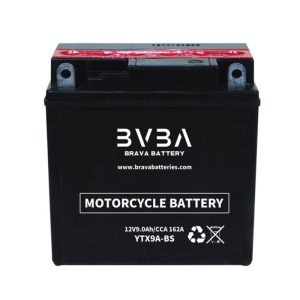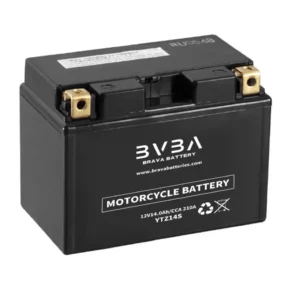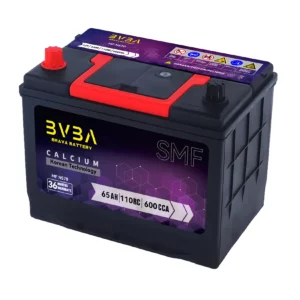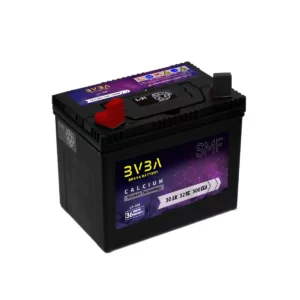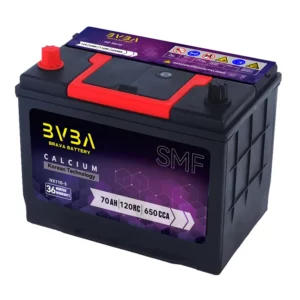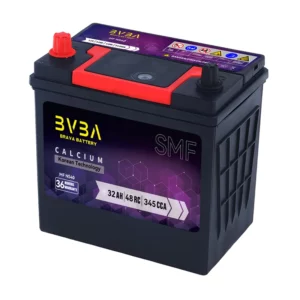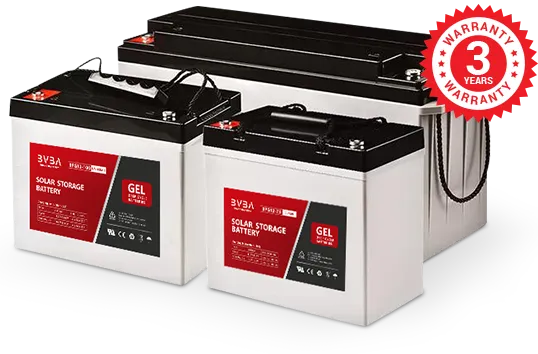how does a battery work?
A battery stores electricity for future use. It develops voltage from the chemical reaction produced when two unlike materials, such as the positive and negative plates, are immersed in the electrolyte, a solution of sulphuric acid and water. In a typical lead-acid battery, the voltage is approximately 2 volts per cell, for a total of 12 volts. Electricity flows from the battery as soon as there is a circuit between the positive and negative terminals. This happens when any load that needs electricity, such as the radio, is connected to the battery.
Most people don’t realize that a lead-acid battery operates in a constant process of charge and discharge. When a battery is connected to a load that needs electricity, such as the starter in your car, current flows from the battery. The battery begins to be discharged.
In the reverse process, a battery becomes charged when current flows back into it, restoring the chemical difference between the plates. This happens when you’re driving without any accessories and the alternator puts current back into the battery.
As a battery discharges, the lead plates become more chemically alike, the acid becomes weaker, and the voltage drops. Eventually the battery is so discharged that it can no longer deliver electricity at a useful voltage.
You can charge a discharged battery by feeding electrical current back into it. A full charge restores the chemical difference between the plates and leaves the battery ready to deliver its full power.
This unique process of discharge and charge in the lead-acid battery means that energy can be discharged and restored over and over again. This is what’s known as the cycling ability in a battery.
Why won’t my vehicle start?
If the battery won’t start your vehicle, you usually refer to it as “dead,” even though that’s not technically correct. A battery that’s merely discharged – from leaving your headlights on or from a damaged alternator – can be recharged to its full capacity. But a battery that’s at the end of its service life can’t be recharged enough to restore it to a useful power level. Then it truly is dead, and must be replaced.
If the battery is discharged and not dead, you can jump-start it from another fully charged battery. About 30 minutes of driving may allow the alternator to fully charge the battery. But if the alternator or another part of the electrical system in your vehicle is damaged, the battery will not recharge and a mechanic or service station also will not be able to recharge it. So if your battery keeps discharging, have your electrical system checked before you replace it. What looks like a bad battery could be an electrical system problem. If you have a bad component in the electrical system, it will keep draining a new battery, and you’ll be stranded again and again.
What should I consider when buying a battery?
How do you know which battery is right for your vehicle? Here are some quick tips to help you make the right choice.
Check your vehicle manual for the original equipment manufacturer’s recommendations for:
- Battery group size – the battery size that will best fit the physical dimensions of your vehicle. Many vehicles can accommodate more than one group size.
- Cold cranking amps (CCA) – CCA is critical for good cranking ability. It’s the number of amps a battery can support for 30 seconds at a temperature of 0 degrees F until the battery voltage drops to unusable levels.
- Reserve capacity (RC) – helps to power your vehicle’s electrical system if the alternator fails. It identifies how many minutes the battery can supply ample power without falling below the minimum voltage needed to run your vehicle.
In general, for both CCA and RC, the higher the number the better. However, if you live in a cold climate, the CCA rating should be an important consideration in choosing a battery. Conversely, if you live in a high heat climate, you don’t need as much CCA.
AGM and gel batteries are often considered to be one and the same. This is because they have a similar core of attributes. Both are nonspillable. Both offer deep cycles and they can both be mounted anywhere, so they’re flexible. But the differences between them, make them. AGM batteries offer a plethora of unique attributes that make them the clear and far away favorite.
The fact that AGM offers more than gel batteries is not new. AGM models outsell gel batteries at about 100 to 1. The main reason for this is due to the cost difference. AGM is less expensive than gel batteries.
AGM vs Flooded Batteries – What You Need to Know
AGM batteries also offer a lot of useful qualities that make them the one to pick. AGM batteries are high quality and work at optimal capacity at a large range of temperatures. They work great for all high amp needs and have a very slow self-discharge rate (meaning you can leave one plugged in and you won’t waste a lot of energy).
The thick AGM separator absorbs and holds acid to prevent spilling. And the precision assembly creates a uniform book of plates that are tightly compressed in each cell and held under pressure in the rigid battery case. The result? A battery that resists vibration, recharges faster, cycles more and last longer in demanding applications.
Also, AGM batteries charge very easily and hold their charge very well. Gel batteries are very delicate things; one mistake in charging them will ruin the battery completely, even if it is new. Because they’re delicate, and cost more, gel batteries are not a first choice for most applications.
Gel batteries are called gel because they use silica (or sand) to turn the acid inside the battery into a thick liquid. This liquid does make it spill-proof, like our AGM batteries, but the gel is fragile, and can be easily burned if used in high amperage situations. Things like quick charging, high discharge, or other intense situations are all likely to cause serious damage to a gel battery, making it fail even if it’s barely used.
AGM batteries use the concept of gel batteries and take it a step further. This makes for a product with the same resistances and the same sealed and spill-proof case as a gel, but now offers the flexibility and high performance that only comes from an AGM battery. Combine this with a streamlined way to produce the batteries and you have a more affordable and powerful tool that is a must have for anyone looking for a quality product they can trust.
Tag in this article: #Battery
Tips: more detail information, for acid battery。

